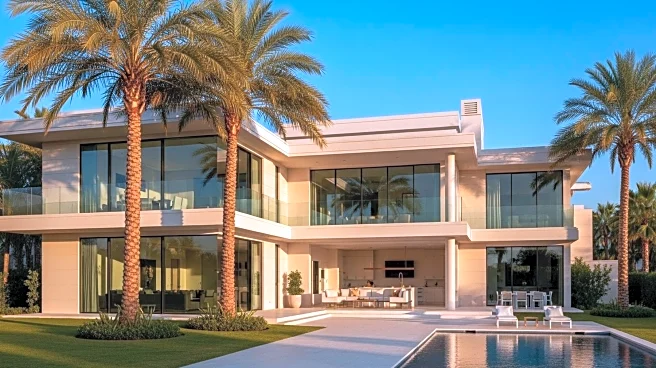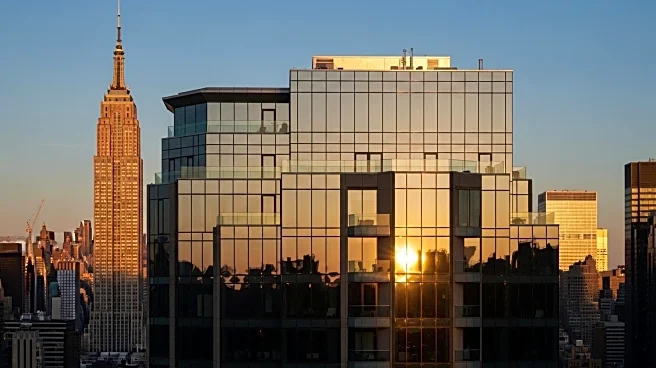What's Happening?
Private members' clubs are undergoing significant transformation, evolving from traditional social spaces to integrated lifestyle ecosystems. These clubs now blend hospitality, wellness, workspaces, dining, and cultural programming, offering a seamless mix of leisure and productivity. The sector is experiencing sustained growth, with forecasts predicting the global market will nearly double by 2033. This evolution includes the integration of private clubs within branded residential developments, fundamentally changing luxury real estate. These clubs offer exclusive spaces that support affluent individuals' lifestyles, combining social networking with comprehensive health and longevity services. The integration of advanced health services, such as cryotherapy and hyperbaric oxygen chambers, is becoming a key feature, providing significant new revenue streams.
Why It's Important?
The transformation of private members' clubs reflects broader trends in luxury lifestyle and real estate. By integrating wellness and community-building elements, these clubs cater to the growing demand for holistic health and exclusive social environments. This shift is significant for the luxury market, as it aligns with the increasing focus on health and longevity among affluent individuals. The integration of clubs within residential developments enhances property value and offers a curated lifestyle, attracting high-net-worth buyers. The operational complexity of these clubs presents challenges but also opportunities for innovation in hospitality and real estate sectors. As clubs evolve, they redefine exclusivity and community engagement, impacting how luxury services are marketed and delivered.
What's Next?
The future of private members' clubs will likely involve further integration of health and wellness services, creating comprehensive lifestyle offerings. Developers and operators must navigate operational challenges, such as regulatory compliance and talent shortages, to successfully implement these complex ecosystems. Strategic differentiation will be crucial to maintain exclusivity and appeal, as clubs compete with existing prestigious venues. The focus on privacy and security will continue to be a key differentiator, especially for high-profile members. As the demographic profile of club members shifts towards younger, more diverse individuals, clubs will need to adapt their offerings to meet evolving expectations, emphasizing technology integration and intellectual programming.
Beyond the Headlines
The evolution of private members' clubs highlights ethical and cultural dimensions, as they become sanctuaries for privacy and intellectual engagement. The integration of health services raises questions about accessibility and the role of luxury spaces in promoting wellness. The focus on community-building and exclusive experiences reflects broader societal trends towards personalized and meaningful connections. As clubs redefine luxury, they challenge traditional notions of exclusivity, prompting discussions about inclusivity and the democratization of high-end services. The operational complexity of these clubs underscores the need for innovative management approaches, blending hospitality expertise with healthcare and technology solutions.












